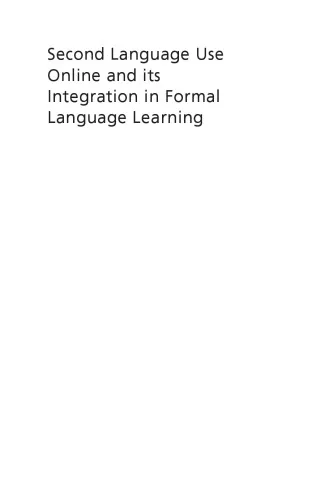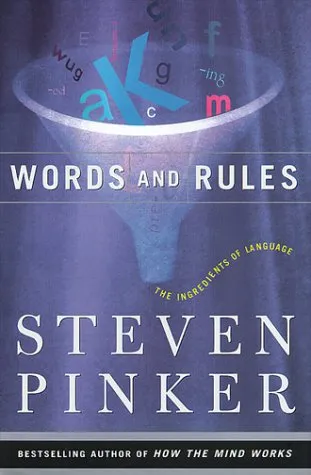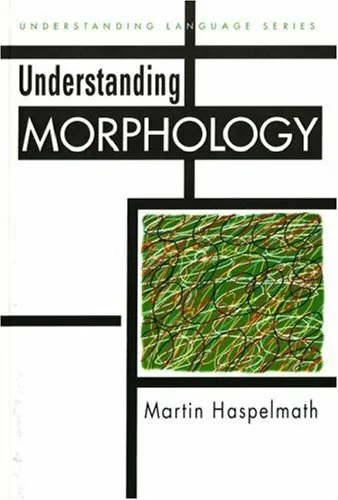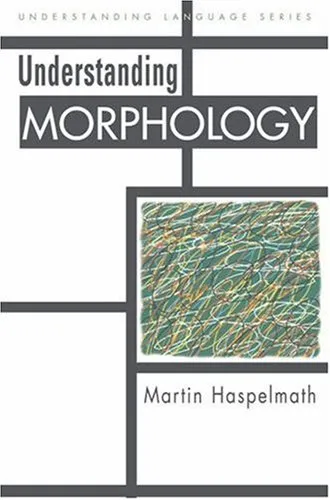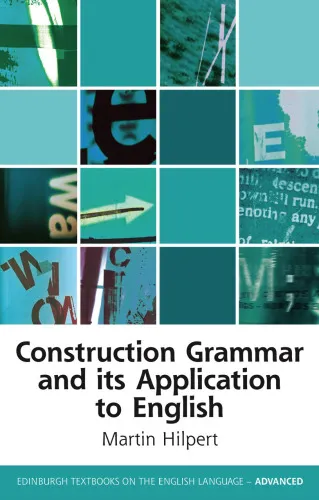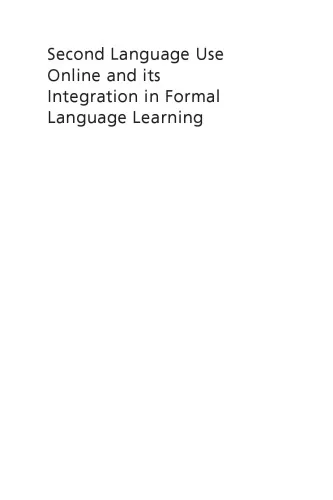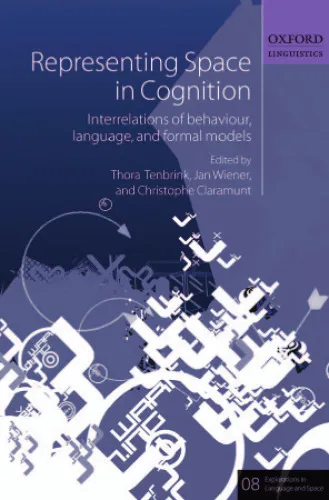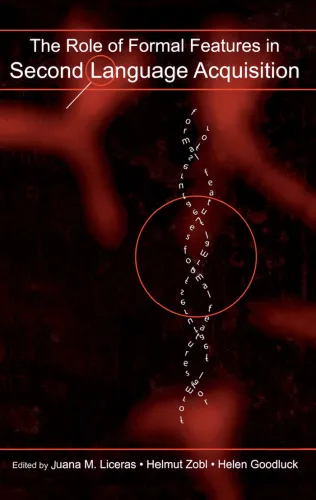Second Language Acquisition; 153
4.3
Reviews from our users

You Can Ask your questions from this book's AI after Login
Each download or ask from book AI costs 2 points. To earn more free points, please visit the Points Guide Page and complete some valuable actions.Related Refrences:
Analytical Summary
Second Language Acquisition; 153 is a detailed and scholarly examination of the intricate processes by which individuals learn an additional language beyond their mother tongue. Authored with academic rigor, the book speaks directly to educators, linguists, cognitive scientists, and policy makers, offering an authoritative synthesis of established theories as well as emerging perspectives within second language acquisition studies.
This work delves into the core mechanisms underpinning second language learning—phonological adaptation, syntactic restructuring, semantic nuance, and pragmatic competence—while bridging research findings from psycholinguistics, sociolinguistics, and pedagogy. It draws from empirical studies, longitudinal observations, and a comparative analysis of different age groups, socio-cultural backgrounds, and learning contexts.
Readers will find a balanced integration of theoretical models such as the Input Hypothesis, Interaction Hypothesis, and Output Hypothesis, alongside contemporary debates on bilingualism, multilingual competence, and linguistic transfer. Information regarding its publication year is unavailable due to the absence of reliable public sources documenting the exact release date, yet the content bears timeless relevance within applied linguistics research.
Through methodical discussion, the book explores how cognitive processing, memory retention, and learner motivation intersect to shape proficiency outcomes. By unpacking case studies and experimental data, it offers a panoramic view that accommodates both the challenges and successes experienced by learners across global contexts.
Key Takeaways
The core lessons in Second Language Acquisition; 153 are anchored in clear, research-backed principles aimed at enhancing both instructional practice and learner capacity.
One key takeaway is the centrality of meaningful input—exposure to authentic, context-rich language—which primes learners for internalization and later reproduction of target structures.
Another is the role of interaction: communicative exchanges, particularly those involving negotiation of meaning, accelerate acquisition by activating both receptive and productive skills in unison.
Additionally, the text underscores a nuanced understanding of learner differences, from cognitive styles and affective factors to cultural influences, urging educators to adapt practices accordingly.
The book also cautions against over-reliance on prescriptive grammar instruction, favoring integrated methods that weave form-focused teaching within communicative contexts.
Memorable Quotes
Certain passages in Second Language Acquisition; 153 linger in the mind because they synthesize complex ideas in impactful phrasing.
"Language is both a cognitive skill and a social act; mastering it requires engagement at both levels." Unknown
"Exposure alone is insufficient—active use transforms input into competency." Unknown
"In every learner lies a unique linguistic trajectory shaped by personal history and cultural context." Unknown
Why This Book Matters
Second Language Acquisition; 153 matters because it bridges the gap between theory and practice, enabling deeper comprehension and more effective methodologies.
In an era of accelerating globalization, the ability to navigate multiple languages is not only a professional asset but also a gateway to richer intercultural experiences. This book situates language learning within that wider framework, emphasizing its role in diplomacy, international business, and social cohesion.
Its insights inform curriculum design, instructional pacing, and assessment strategies, making it invaluable to anyone invested in refining the language education landscape.
Inspiring Conclusion
Second Language Acquisition; 153 invites readers to not only absorb its insights but actively apply them in academic, professional, and personal contexts.
The journey toward bilingual or multilingual proficiency is complex yet rewarding—one that benefits from both scientific understanding and human empathy. This book provides the framework to appreciate language learning as a dynamic, lifelong process.
Whether you are an educator crafting innovative curricula, a researcher pursuing fresh hypotheses, or a learner striving toward fluency, this text offers tools and perspectives to guide your path. Engage with its content, reflect on its themes, and share your interpretations. The next step is yours—read, discuss, and expand the conversation sparked by Second Language Acquisition; 153.
Free Direct Download
You Can Download this book after Login
Accessing books through legal platforms and public libraries not only supports the rights of authors and publishers but also contributes to the sustainability of reading culture. Before downloading, please take a moment to consider these options.
Find this book on other platforms:
WorldCat helps you find books in libraries worldwide.
See ratings, reviews, and discussions on Goodreads.
Find and buy rare or used books on AbeBooks.
1143
بازدید4.3
امتیاز0
نظر98%
رضایتReviews:
4.3
Based on 0 users review
Questions & Answers
Ask questions about this book or help others by answering
No questions yet. Be the first to ask!
